Cast iron vs ceramic cookware demands the right choice for your cooking needs. Cast iron offers unmatched heat retention and durability, while ceramic provides non-stick ease without heavy seasoning. We break down performance, maintenance, and cost so you can pick the perfect pan.
Choosing new cookware can feel overwhelming. You see shiny pots everywhere and wonder, “Which one will actually last and make my cooking better?” It is a common kitchen puzzle when deciding between the heavy-duty champion, cast iron, and the sleek, modern choice, ceramic. Both have big fans—and big differences. Don’t stress! We are here to clear up the confusion, just like tuning up an engine. We will walk through exactly what each type does best, so you feel confident about your purchase. Get ready to learn the right tool for your stovetop!
Why Cookware Material Really Matters (It Affects Your Food!)
Think of your cookware like tires on a car. Different tires are best for snow, highways, or off-roading. Different pans handle heat and food sticking in unique ways. The material controls three main things: how fast it heats up, how evenly it stays hot, and how easy it is to clean after dinner.
If you use the wrong pan, your food can burn in spots, cleaning becomes a chore, and sometimes, you might even worry about what is leaching into your meal. Understanding the basics helps you avoid frustrated sighs in the kitchen. Let’s start by taking a close look at time-tested cast iron.
Deep Dive: The Power of Cast Iron Cookware
Cast iron is the original powerhouse of the kitchen. It is made by melting iron and pouring it into a mold and letting it cool. It is tough, durable, and usually inexpensive. Many people associate it with grilling or deep-frying because of its heavy build.
What Makes Cast Iron Special? The Heat Factor
The biggest selling point for cast iron is its heat performance. It takes a while to get hot, but once it does, it holds that heat like a champion. This is called “heat retention.”
Imagine driving on the highway versus city streets. Cast iron is the highway cruiser—steady, reliable, and hard to slow down. This is perfect for searing steaks to get that amazing crust, or for long, slow cooking like cornbread or Dutch oven stews.
Pros and Cons: Weighing the Iron
Every tool has its upsides and downsides. Knowing these helps you decide if cast iron fits your lifestyle.
Advantages of Cast Iron:
- Incredible Durability: You can practically drop it, and it will survive. It lasts for generations.
- Natural Non-Stick Surface: When properly seasoned (oiled and baked), it becomes naturally non-stick without chemical coatings.
- Versatility: It works on the stovetop, in the oven, under the broiler, or even over a campfire.
- Excellent Heat Retention: Keeps your food hot at the table for a long time.
Disadvantages of Cast Iron:
- Heavy and Bulky: They are much heavier than ceramic or aluminum pans, which can be tough on wrists.
- Requires Seasoning: It needs specific care (seasoning) to prevent rust and stickiness.
- Slow to Heat Up: If you need a quick morning scramble, waiting for it to heat evenly can be annoying.
- Reactive: Strong acidic foods (like tomato sauce) can strip the seasoning if cooked too long.
Caring for Your Cast Iron: The Basics of Seasoning
Caring for cast iron is less about scrubbing and more about oiling. Think of seasoning as painting a protective, slick layer onto the metal. For more detailed guidance on maintaining these pans, the U.S. Food and Drug Administration (FDA) often highlights the benefit of consuming small amounts of dietary iron absorbed from well-seasoned pans, though you always want to check specific cookware advice.
Here is the basic process for keeping your pan in top shape:
- Clean Gently: Wash immediately after use with hot water and a soft brush. Avoid harsh soap if possible, especially on new pans.
- Dry Thoroughly: Never let cast iron air dry. Place it on a low burner for a few minutes immediately after washing to ensure all water evaporates. Rust happens fast!
- Re-Oil: While the pan is still warm, wipe a very thin layer of high smoke-point oil (like flaxseed, vegetable, or canola) over the entire cooking surface.
- Wipe Excess: Use a clean paper towel to wipe off as much oil as you can until the pan looks dry, not greasy. This prevents stickiness.
Exploring Ceramic Cookware: Sleek, Modern, and Light
Ceramic cookware usually refers to aluminum or stainless steel pans coated with a ceramic material, which often looks like a smooth, colorful enamel. This coating is mineral-based and usually marketed as a PFOA/PFOS-free alternative to traditional PTFE (Teflon) non-stick.
How Does Ceramic Perform on the Stove?
Ceramic pans are champions of convenience. They heat up relatively quickly compared to cast iron, and because of the coating, cleanup is usually a breeze. They are excellent for everyday cooking where ease of use is the top priority, like eggs or pancakes.
If cast iron is the highway cruiser, ceramic is the quick, nimble sports car—fast off the line and great for short trips.
Pros and Cons: Judging the Ceramic Pan
Ceramic cookware solves many problems but introduces a few new ones, mainly related to the lifespan of that smooth coating.
Advantages of Ceramic:
- Naturally Non-Stick: Food slides right off, even with little to no oil, making it great for delicate items.
- Lightweight: Much easier to lift, flip, and maneuver than heavy cast iron.
- Chemical-Free Marketing: Often touted as being made without PTFE or PFOA, appealing to health-conscious cooks.
- Easy Maintenance: Simply wash with soap and water; usually dishwasher safe (but check manufacturer guides!).
Disadvantages of Ceramic:
- Coating Degradation: The slick surface wears out over time, especially with metal utensils or high heat, requiring replacement sooner.
- Poor Heat Retention: It cools down rapidly when food is added or when removed from the heat source.
- Lower Heat Tolerance: Many manufacturers advise against using high heat, as extreme temperatures can damage the surface sealant.
- Durability Concerns: The coating can chip or scratch if handled roughly.
Understanding Ceramic Longevity
The secret to ceramic cookware is recognizing that the non-stick feature is temporary. High-quality reviews and general consumer reports suggest that while ceramic is a fantastic short-term non-stick solution, it rarely lasts as long as a well-maintained traditional pan. Be aware that high heat and abrasive cleaning are the enemies of ceramic coatings. Always use silicone or wooden utensils to protect the surface, similar to how you handle a painted surface on a classic car.
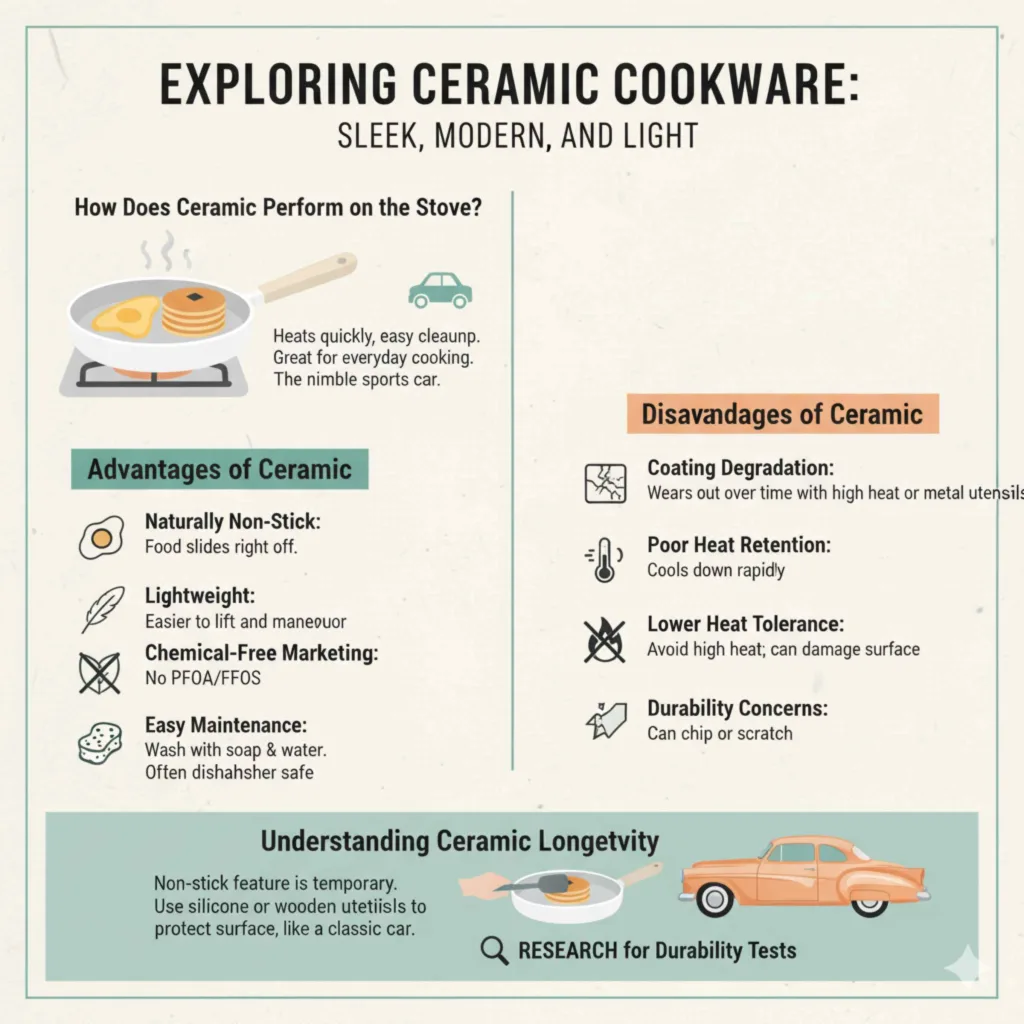
The Essential Showdown: Cast Iron vs Ceramic Head-to-Head
Now that we know the details of each material, let’s put them side-by-side in a direct comparison. This helps you see which one matches your main cooking style the best. This table summarizes the fundamental differences.
| Feature | Cast Iron | Ceramic (Coated) |
|---|---|---|
| Heat Retention | Excellent (Stays hot for a long time) | Fair to Poor (Cools down quickly) |
| Weight | Very Heavy | Light to Medium |
| Non-Stick Quality | Requires Seasoning (Becomes excellent over time) | Excellent initially (Wears off over time) |
| Maintenance Requirement | High (Must be oiled and dried immediately) | Low (Generally dishwasher safe, avoid harsh scouring) |
| Lifetime Expectation | Decades (Can be reclaimed if damaged) | 1–5 Years (Coating wears out) |
| Best For | Searing, high-heat frying, baking, stovetop-to-oven meals. | Eggs, pancakes, low-to-medium heat cooking, quick cleanups. |
Which One Wins on Safety and Health?
This is a huge question for many home cooks. When you are thinking about kitchen safety, it is like checking your tire pressure—small details matter for long-term health.
Cast Iron: As mentioned, well-seasoned cast iron can actually add trace amounts of iron to your food, which can be a health benefit for people with iron deficiencies. The main safety consideration is ensuring it is fully dry to avoid rust.
Ceramic: Modern ceramic coatings are generally considered safer than older non-stick pans because they usually do not contain those “forever chemicals” like PFOA. However, if you overheat cheap ceramic pans, or if the coating gets deeply scratched, its safety profile becomes less certain. Always stick to medium heat to protect the coating.
Making Your Decision: Choosing Based on Your Kitchen Needs
The best pan isn’t about which one is “better” objectively; it is about which one is better for you. Think about how you actually cook the majority of your meals—are you a weekend bread baker or a daily omelet maker?
Scenario 1: The Searing Steak Lover
If your goal is achieving a perfect, dark crust on steaks, crispy chicken skin, or baking rustic bread that needs consistent, radiating heat, Cast Iron is your clear winner. Its ability to maintain high temperatures without dipping is unmatched.
Scenario 2: The Quick Breakfast Cook
If your mornings are rushed, and you need something reliable for scrambling eggs or making pancakes quickly with minimal oil and even faster cleanup, Ceramic is the way to go. Its lightweight nature and initial slick surface make morning routines much smoother.
Scenario 3: The Budget-Conscious Driver (Thinking Long-Term Value)
While a single high-quality ceramic non-stick set might seem affordable upfront, you will likely need to replace it every few years. Cast iron cookware is a “buy it once” product. Even if you have to invest a bit more initially in a good starter piece, its lifespan and lack of need for chemical replacement coatings make it the ultimate long-term value. For guidance on understanding product durability and responsible shopping, resources like consumer advocacy groups often provide comparative tests on lifespan.
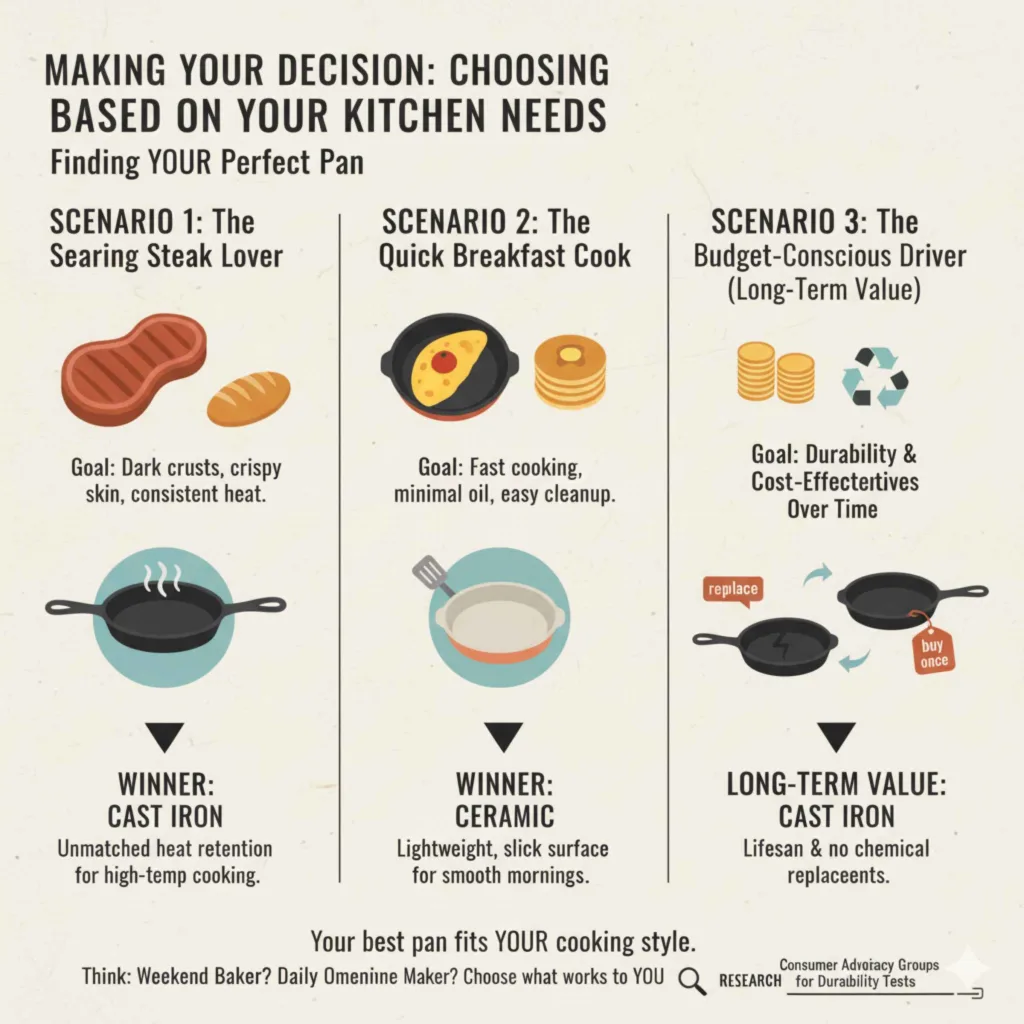
Can You Use Both? The Hybrid Approach (Recommended for Most)
For the most versatile kitchen setup, the best advice is not to choose one or the other, but to own both! They cover completely different jobs beautifully.
Think of it like having a reliable pickup truck (cast iron) for hauling heavy loads (searing/baking) and a convenient sedan (ceramic) for quick errands (everyday non-stick cooking).
How a Dual Set-Up Works:
- Cast Iron for Intensity: Use cast iron for anything requiring high, sustained heat: deep frying, roasting vegetables in the oven, or searing meat.
- Ceramic for Delicates: Use ceramic for foods prone to sticking or where you want zero fuss: delicate fish fillets, scrambled eggs, or heating up leftovers.
- Oven vs. Stovetop Strategy: Generally, reserve cast iron for stovetop-to-oven applications, as it handles temperature swings better than coated ceramic.
Addressing Common Worries (FAQ for Beginners)
It is totally normal to have questions when starting with new equipment. Here are answers to some common beginner concerns about cast iron and ceramic.
1. Can I use metal utensils on ceramic cookware?
No, you absolutely should not. Metal utensils will scratch and damage the ceramic coating, causing it to break down much faster. Always stick to wood, silicone, or plastic utensils to protect that non-stick surface.
2. Do I really need to season my new cast iron pan?
If it is pre-seasoned from the factory, you can usually cook with it right away. However, a quick extra seasoning session (as described in the maintenance section) is highly recommended to build up that initial solid layer of protection right from the start.
3. Is ceramic cookware safe to put in the dishwasher?
While many manufacturers claim “dishwasher safe,” repeated exposure to harsh detergents and high heat in a dishwasher will seriously shorten the lifespan of the ceramic coating. For best results and consistency, hand washing with gentle soap is always recommended for coated pans.
4. Will my electric stove struggle with heavy cast iron?
Most modern electric coil or smooth-top stoves can easily handle the weight of a standard cast iron skillet. The key is to avoid dragging the pan across the surface, which can scratch glass tops. Lift it straight up and place it down, just like you would treat a smooth, expensive car finish.
5. Can cast iron pans fit on an induction cooktop?
Yes, cast iron is fantastic for induction cooking! Induction requires magnetic material, and iron is highly magnetic. It heats up very quickly on induction burners, often faster than on traditional electric stoves, making it a top choice for induction users.
6. How do I remove stuck-on food from cast iron without ruining the seasoning?
If things get really stuck, boil a little water in the pan for a few minutes to loosen the debris. Then, use a stiff nylon brush or even kosher salt as a non-abrasive scrubber. Rinse, dry completely on the stove immediately, and re-oil the spot.
Final Thoughts: Drive Away Confident in Your Choice
We have broken down the difference between the rugged, enduring nature of cast iron and the light, convenient surface of ceramic cookware. There is no single “best” winner here; the real winner is the cook who understands the job at hand and picks the right tool for it.
Cast iron rewards patience and care with incredible performance that can last a lifetime, becoming a true kitchen heirloom. Ceramic offers you easy, quick mornings without the commitment of extensive upkeep. You now have the essential knowledge to confidently stock your kitchen drawers. Whether you choose the seasoned strength of iron or the modern slickness of ceramic—or, ideally, a blend of both—you are set to cook fantastic meals safely and efficiently. Happy cooking, and remember, maintaining your kitchen equipment is just as important as changing your vehicle’s oil—it ensures reliable results every time!


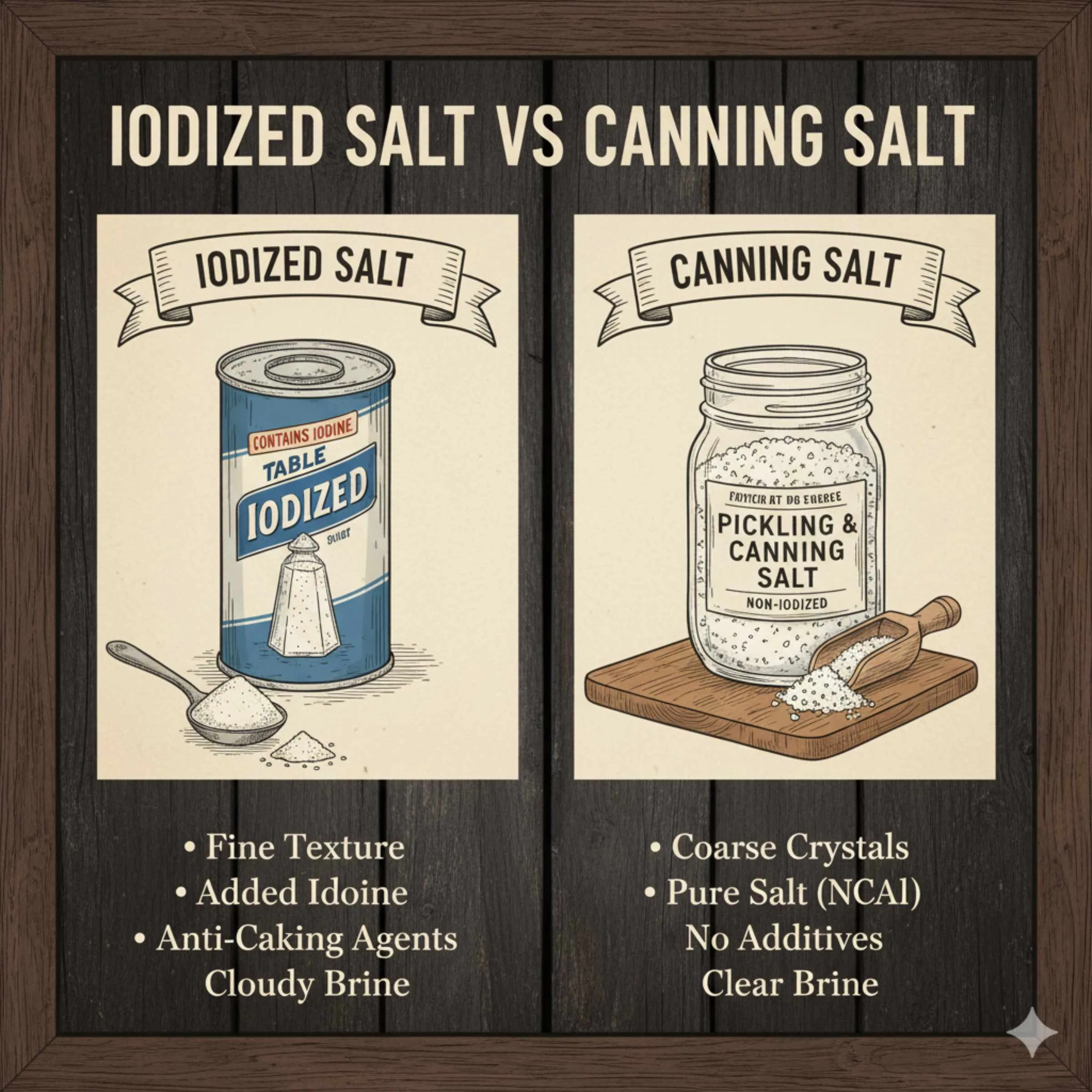
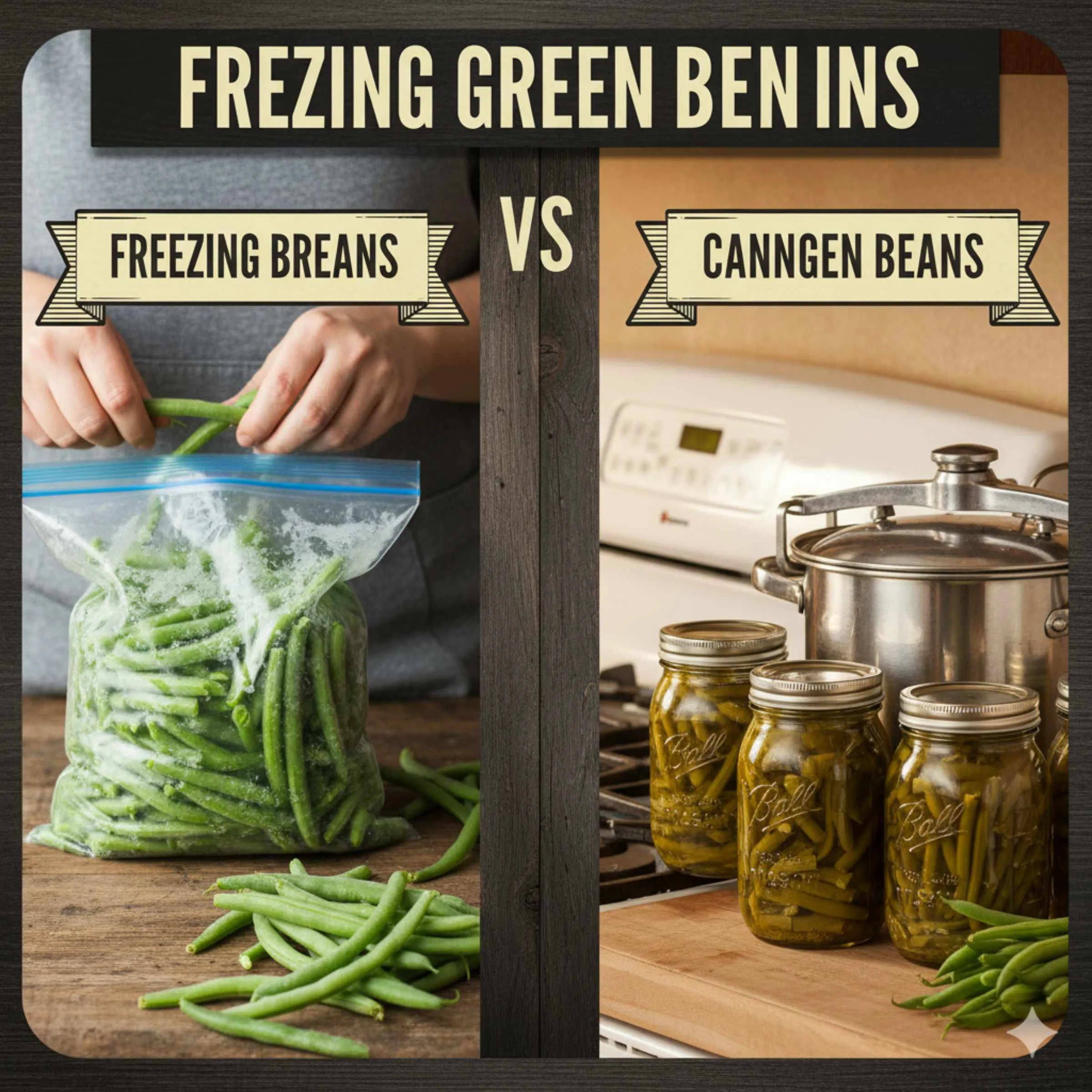


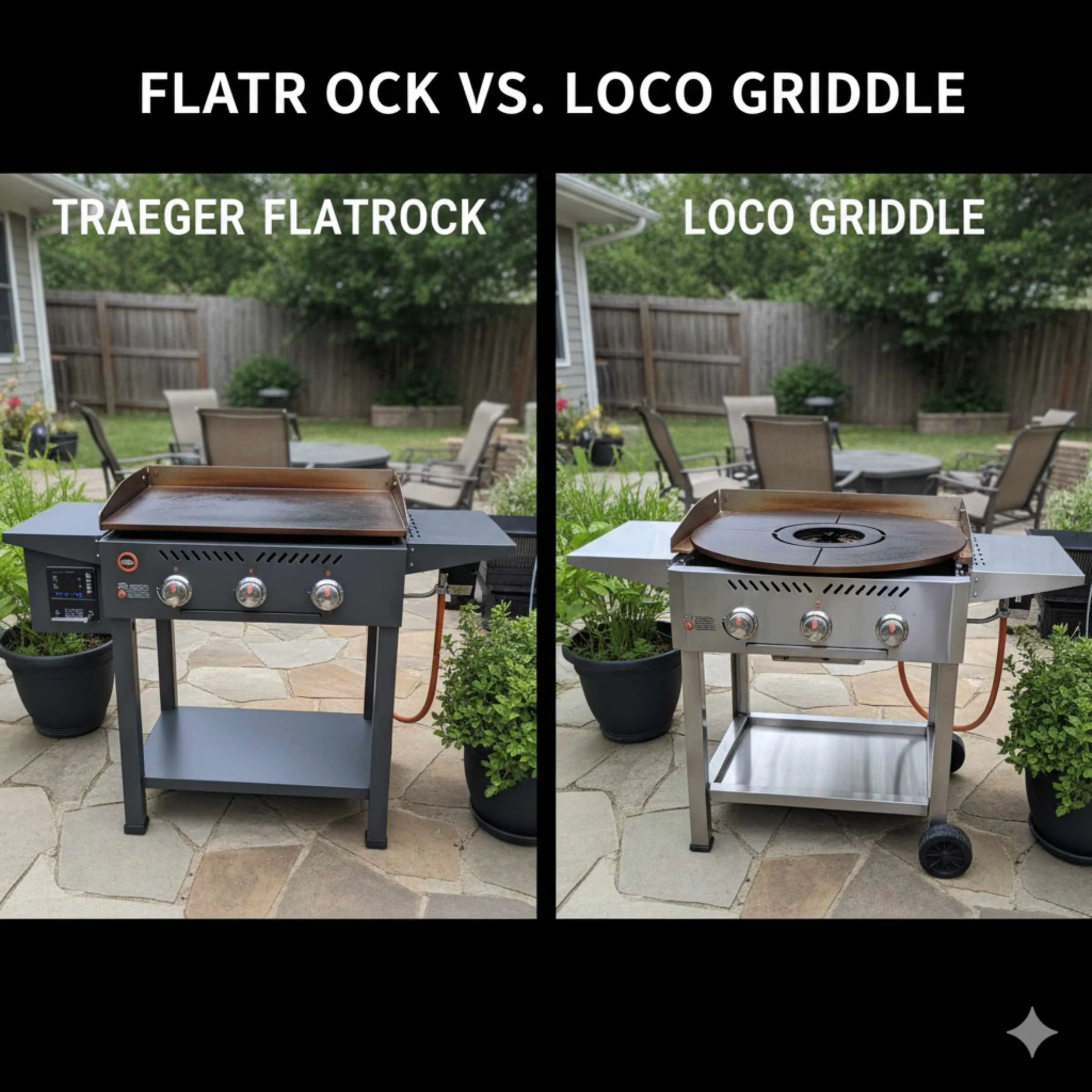

Leave a Reply